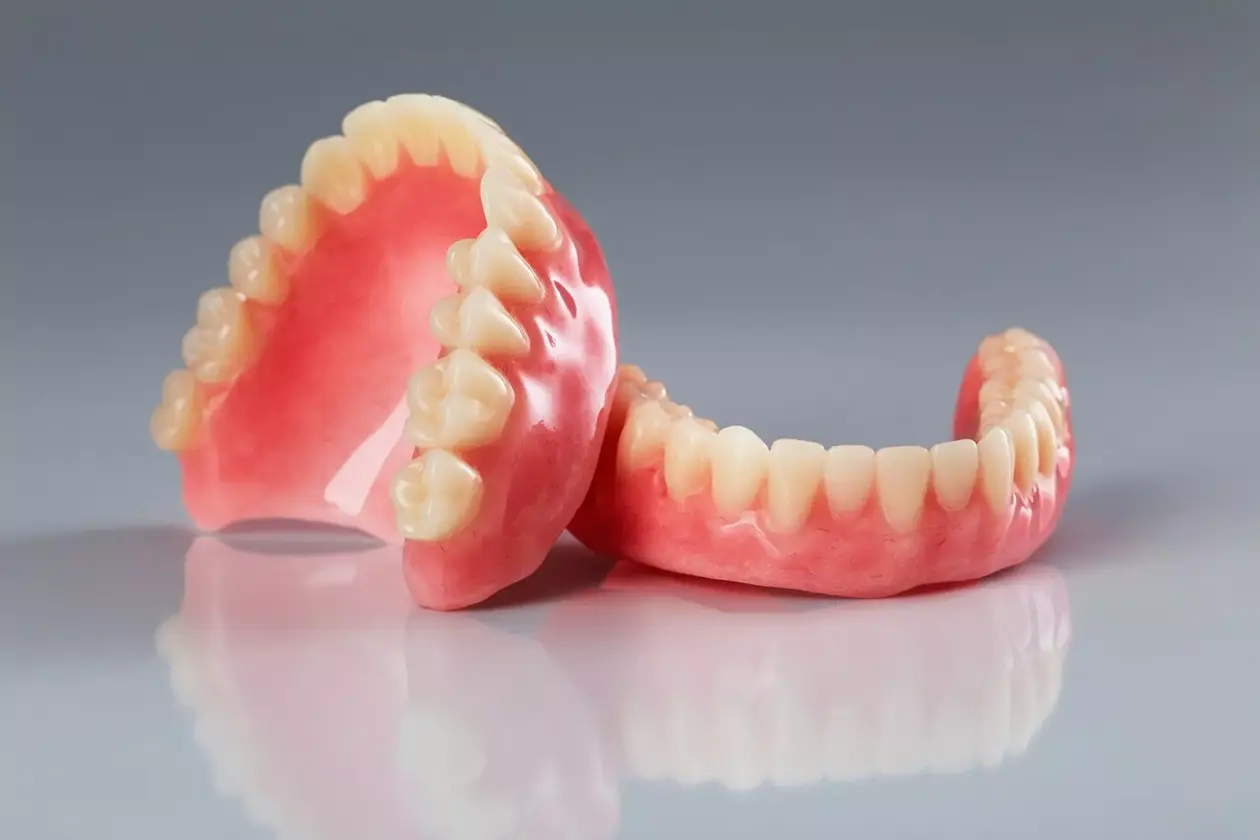
Full Mouth Restoration for a Revitalized Smile
Who Should Consider Full Mouth Reconstruction?
Full mouth reconstruction is perfect for patients dealing with extensive dental problems, such as trauma, decay, grinding, or damage from habits. It is also beneficial for those with congenital conditions like amelogenesis imperfecta, dentinogenesis imperfecta, or ectodermal dysplasia.
Certain reconstruction procedures, such as implants or bone grafting, require surgery and are typically recommended for individuals in good overall health. Patients with underlying health conditions may need to address these issues before proceeding with full mouth reconstruction.
Why Full Mouth Reconstruction May Be Needed
- Aesthetic Enhancement: Many patients seek full mouth reconstruction for cosmetic reasons. Issues such as discoloration, wear, and missing teeth may not affect function but can significantly impact appearance. Reconstruction can boost self-esteem and help achieve the desired smile.
- Dental Decay or Disease: Extensive dental decay or disease may require reconstruction. While minor decay can often be treated with less invasive methods, severe or untreated decay may necessitate tooth replacement.
- Gum Disease: Advanced gum disease can lead to full mouth reconstruction. If not properly treated and managed, gum disease can cause the loss of multiple teeth.
- Oral Trauma: Severe trauma to the teeth, such as extensive cracking or chipping, may require full mouth reconstruction to restore function. Long-term wear and damage can also necessitate comprehensive treatment.
Treatment Options for Full Mouth Reconstruction
The process of full mouth reconstruction is tailored to each patient’s specific needs and preferences. It often involves a combination of dental procedures and treatments, such as dental implants, dentures, crowns, inlays, and onlays.
In certain cases, bone grafting may be necessary, particularly if dental implants are part of the treatment plan. Deep cleanings might be performed to manage moderate to severe gum disease. Patients with missing teeth may opt for a dental bridge, while those with misaligned or discolored front teeth might consider porcelain veneers.
Upper and Lower Jaw Reconstructions
Partial mouth reconstruction, focusing on either the upper or lower jaw, offers an alternative to full mouth reconstruction. The treatments for each area are generally similar. However, the Mayo Clinic highlights that the lower jawbone may need bone grafting if it is significantly weakened or damaged.
Though less common, similar issues can affect the upper jaw. In some instances, reconstructing the jawbone and gums might be required to restore a healthy smile, even if implants are not part of the treatment plan.
Cosmetic Full Mouth Reconstruction
Full mouth reconstruction goes beyond just restoring functionality. It can improve speech, comfort, and eating, while also enhancing the appearance of your smile, which can significantly boost self-esteem. According to WebMD, cosmetic procedures like tooth replacements, veneers, gum contouring, orthodontics, and whitening might be included in a full mouth reconstruction.
Although a full mouth reconstruction might not always be required to achieve a beautiful smile, it is a valuable option for many. Even when functional improvements are needed, patients can opt to incorporate cosmetic treatments to enhance their smile's appearance.
Full Mouth Reconstruction FAQ
New patients and emergency appointments welcome


